28 - 30 March 2017
We returned to the car the next morning and drove to Obidos, a medieval mountain top village with extensive defensive walls and fortifications, many tourists, and cherry cordial liquor. The left photo just below shows the main entrance to the town, with a neat balcony greeting overlook. Check out the "flat" tree to the right.
A mead-like drink, left, and the cherry cordial on the right.
On now Lisbon...to the left, another "furnicular" or lift device to avoid the climb to the top of the city (to the backside is an extended platform reaching back to higher elevations) -- we walked the hills. To the right, King José I.
At the bay, downtown Lisbon.
We visited the wine promoting "union"'s tasting room. They have wine dispensing machines which pour out wine tasting sized portions. We were issued a card, had 5 Euro loaded on it, and were able to sample 4 each, different wines from around Portugal. The video below shows how it's done.
Rua Augusta Arch, downtown Lisbon. More nice sidewalk mosaic.
Bachlaau, or salted cod - since the waters off Portugal have been fished out, it is now imported. Still popular and traditional, a national food of Portugal. Puts off a good aroma at this distance.
In 1755, a massive earthquake occurred centered 120 miles out in the Atlantic, Southwest of Portugal, registering around Richter 8.5-9.0, and striking on a Sunday morning, All Saints Day (1 Nov). Many thousands died, including large numbers gathered in churches. Wiki: "As the first earthquake studied scientifically for its effects over a large area, it led to the birth of modern seismology and earthquake engineering." Below is the Church of São Domingos, built in 17th century - the reddish areas were replaced structure post earthquake.
Memorial placement in remembrance of the sad event of Jews massacred on the square in 1506, related to Spain's Inquisition.
"Waving" mosaic. Has a real three-dimensional look to it - optical illusion of raised pavers next to lowered - it's all totally flat though.
Lisbon custard mini pie tart (Pastel de Nata) and a fish patty-like thing with the dried cod. Super-bock and craft beers.
The next day - views of the old streets of Lisbon.
We found an off-the-beaten path lunch place just opening for the day. It was a real cozy little place where we had direct contact with the proprietors preparing the food in the same small room. By the end they were pulling out bottles of this and that to entertain us. The bowl with spoon is octopus salad - very fresh and tasty.
An overlook from the heights - neat tiled guide map - there was a whole lot more city rising behind us.
Street performer - how does he do this? Even our little digital camera has a good enough zoom where we were far enough not to be hassled for a tip - ok, that's a bit underhanded, but we were giving plenty of loose change to the music performers.
What can you eat for 18.70 Euro - roasted chicken and octopus rice. Another cozy place, although bigger than that at lunch, but also having interesting mannered people working it. One guy kept the floor service to about 25-30 diners running smooth, another ran both the bar and grilled food right in the restaurant with a "turbo" range fan (super quiet), and a woman plated all the food and managed the soup stocks, salad prep, and fryer. The service time was about the fastest you can experience anywhere (unusual for these parts).
The next day we took public transportation out to the Tower of Belém - defensive formation guarding the harbor access from the Atlantic.
War memorial honoring recent combatants. Many names on the wall were from colonial fighting, which ended in 1974, when the country decided it was no longer worth maintaining a far flung empire and just walked away.
Metal sculpture commemorating Portugal's crossing of the Atlantic, over to Brazil, in 1922. With stops along the way. Tim liked the intricate detail put into this monument.
Monument to the Discoveries, constructed for the 1940 World Expo. Leading the front is Prince Henry the Navigator, supported by Vasco de Gamma and Magellan.
The Jerónimos Monastery, built 1501-1601.
As part of the monastery, the Church of Santa Maria.
Tomb of Vasco da Gama (1428 - 1524). He succeeded in finding a route by sea to India where Columbus failed, sailing around Africa and across the Indian Ocean.
Back to the same dinner place as last night. Tim ate the whole chicken this time, vice ordering just half. And Gerri got her whole fish again.







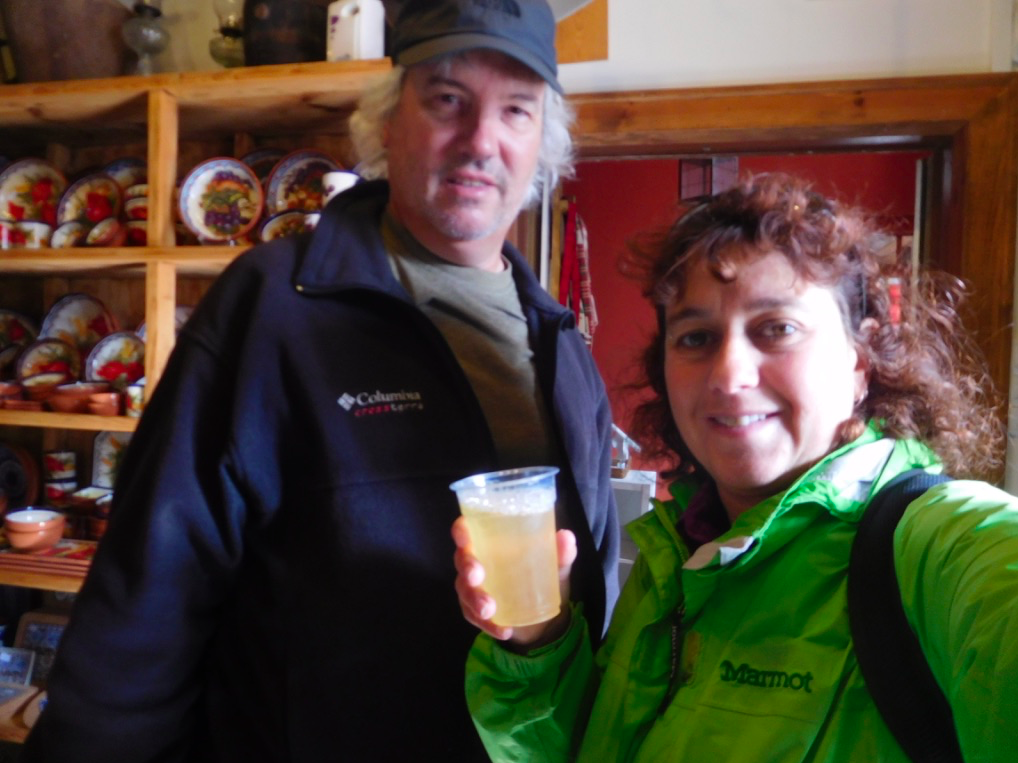








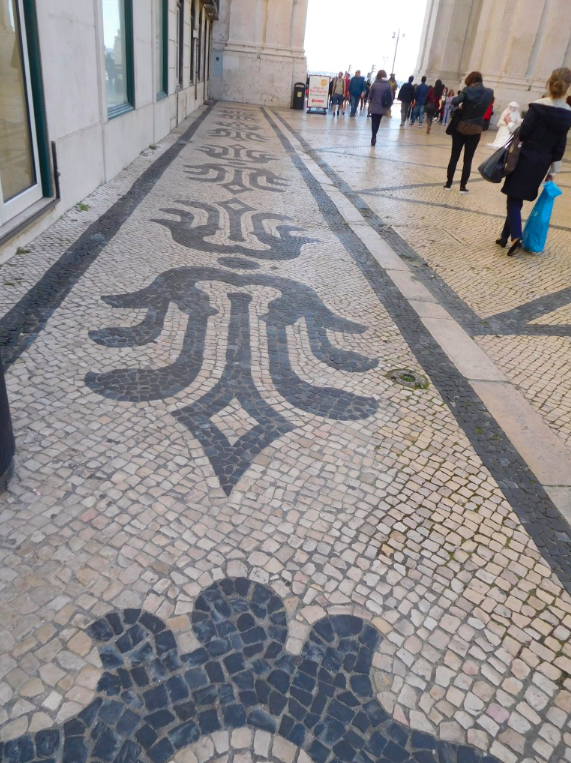



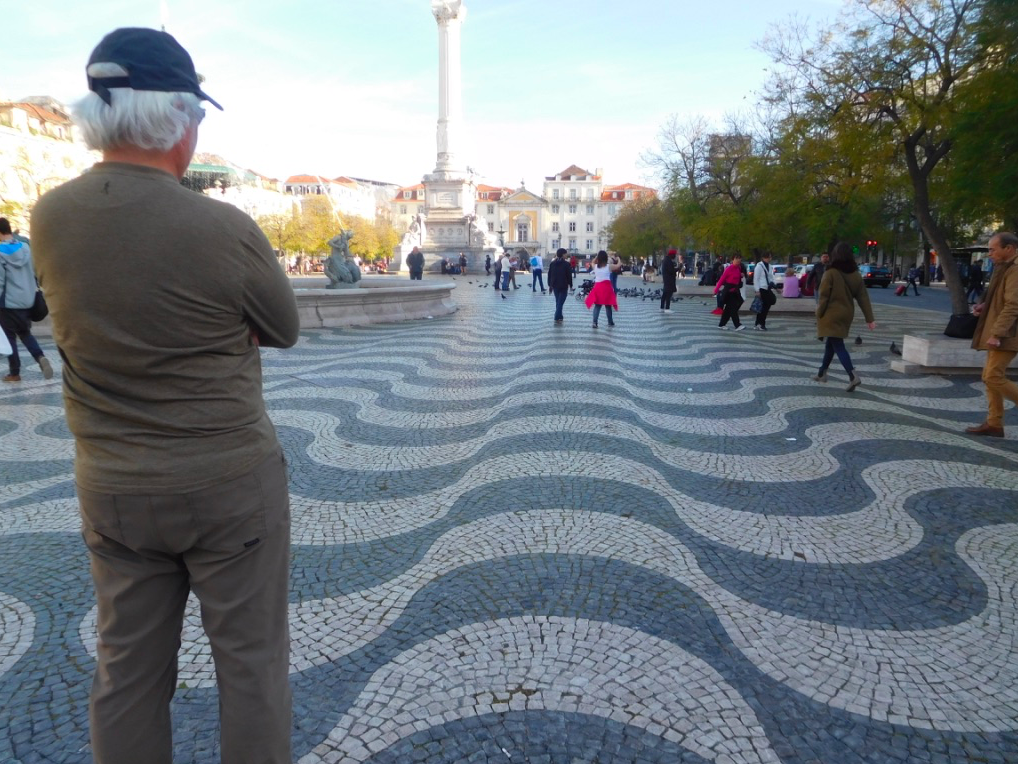






















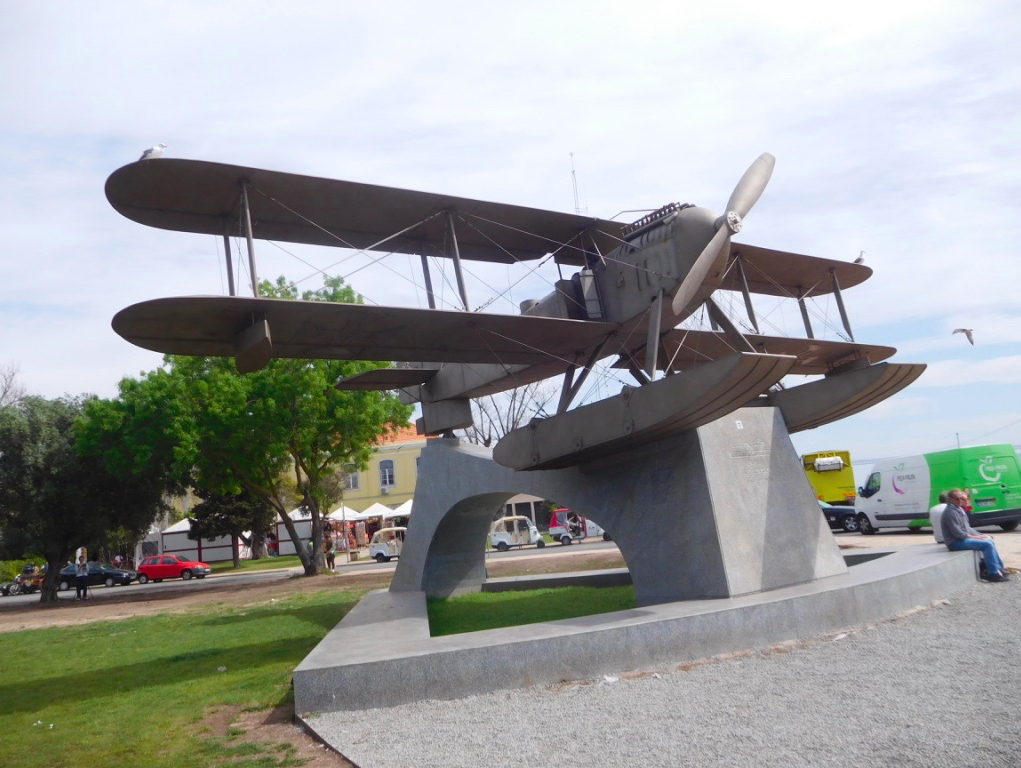


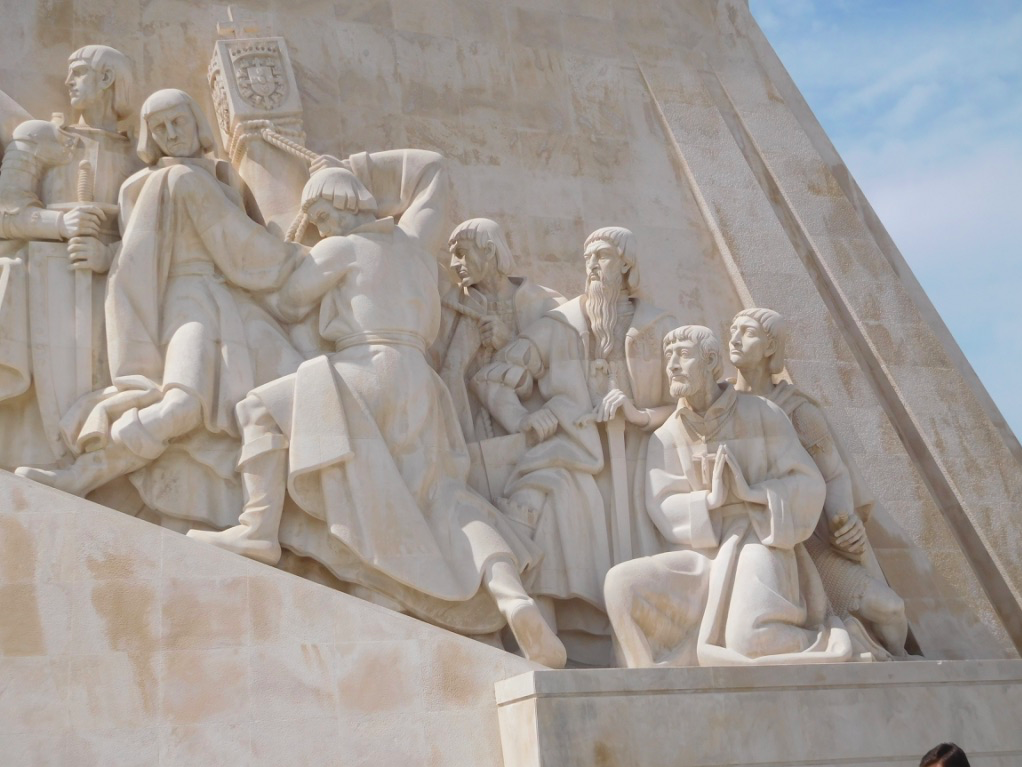













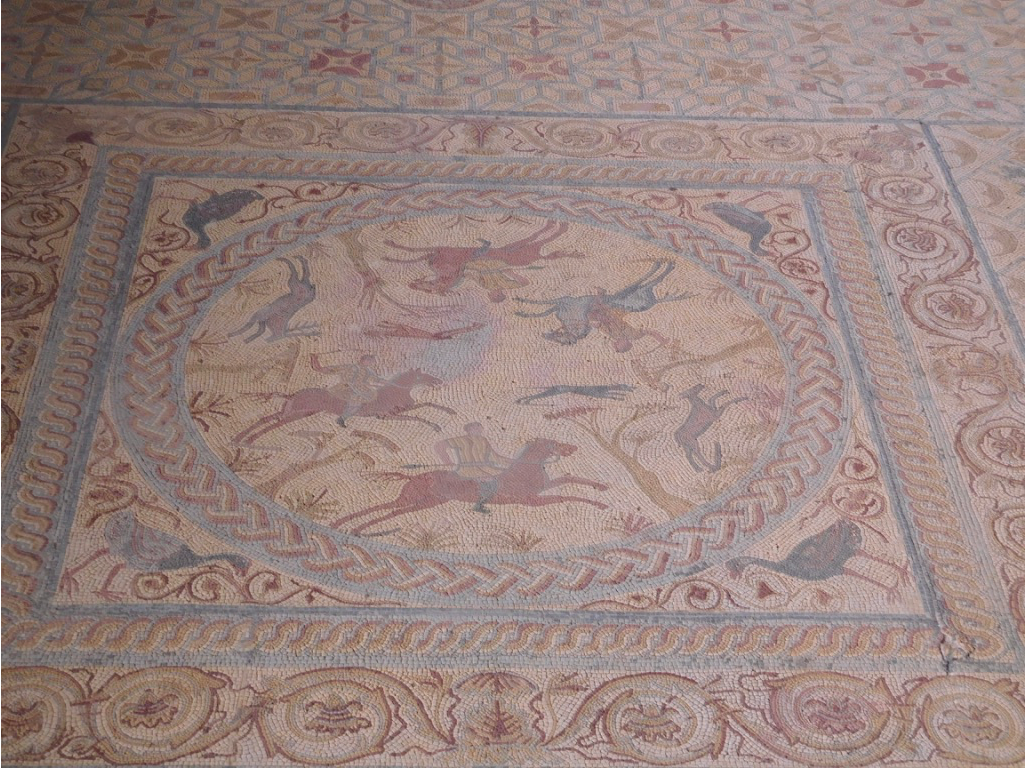







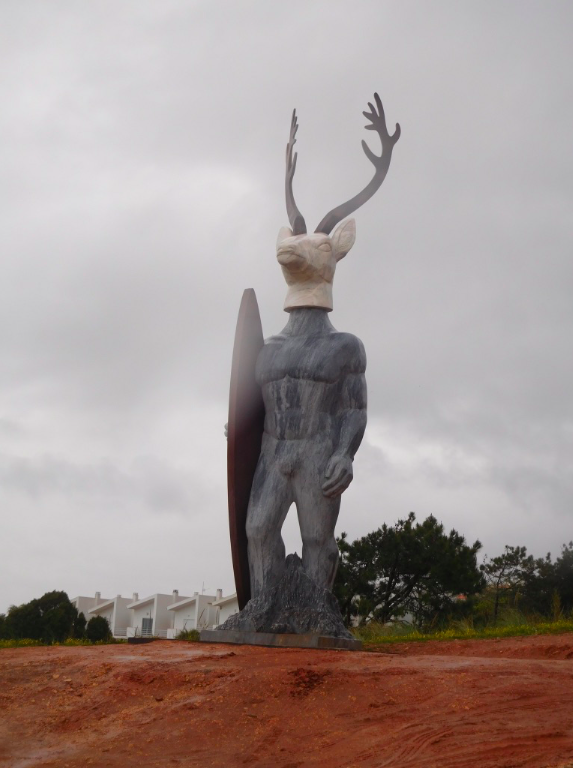












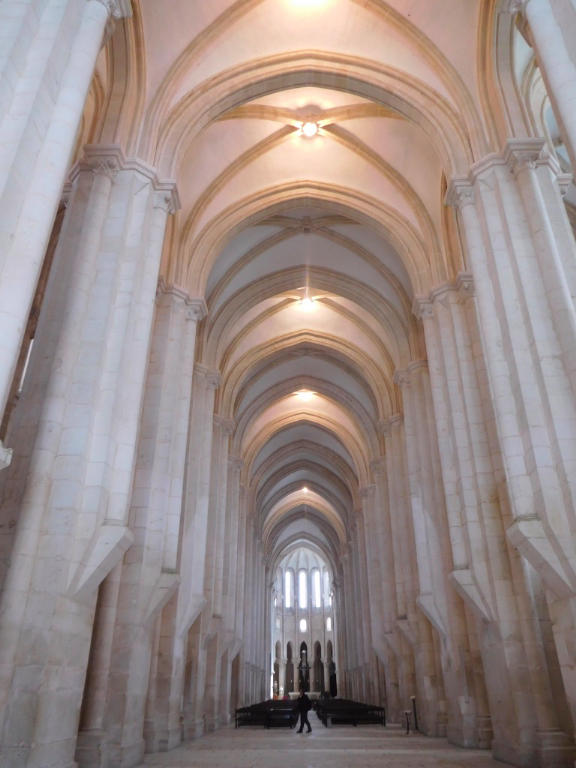






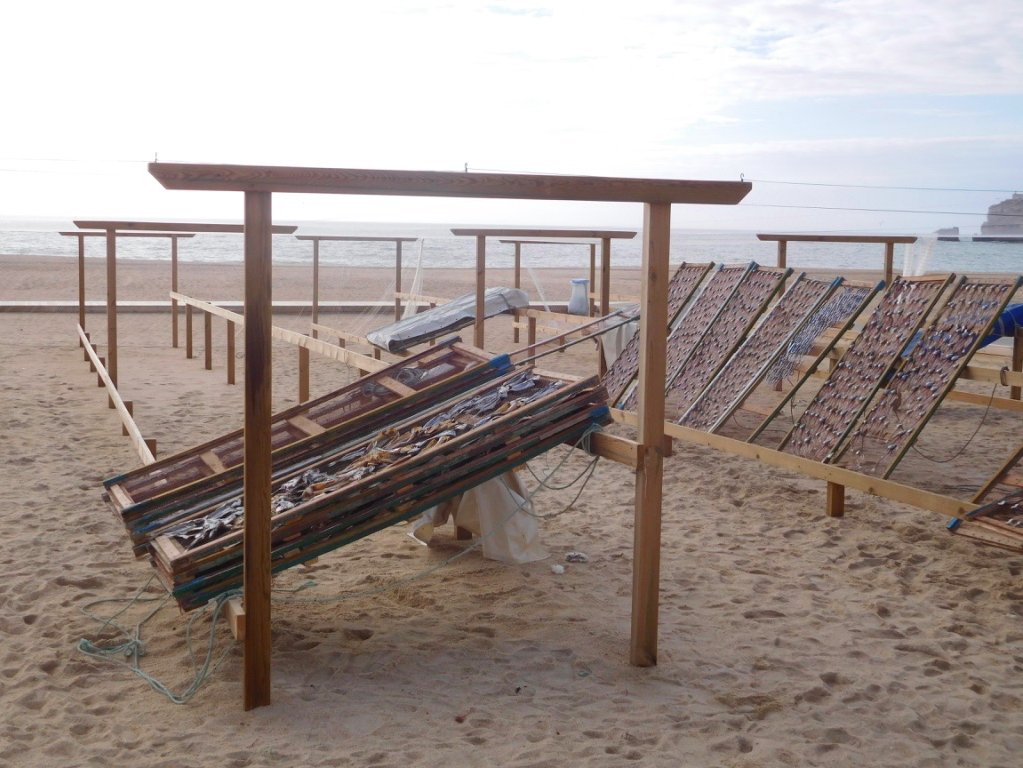




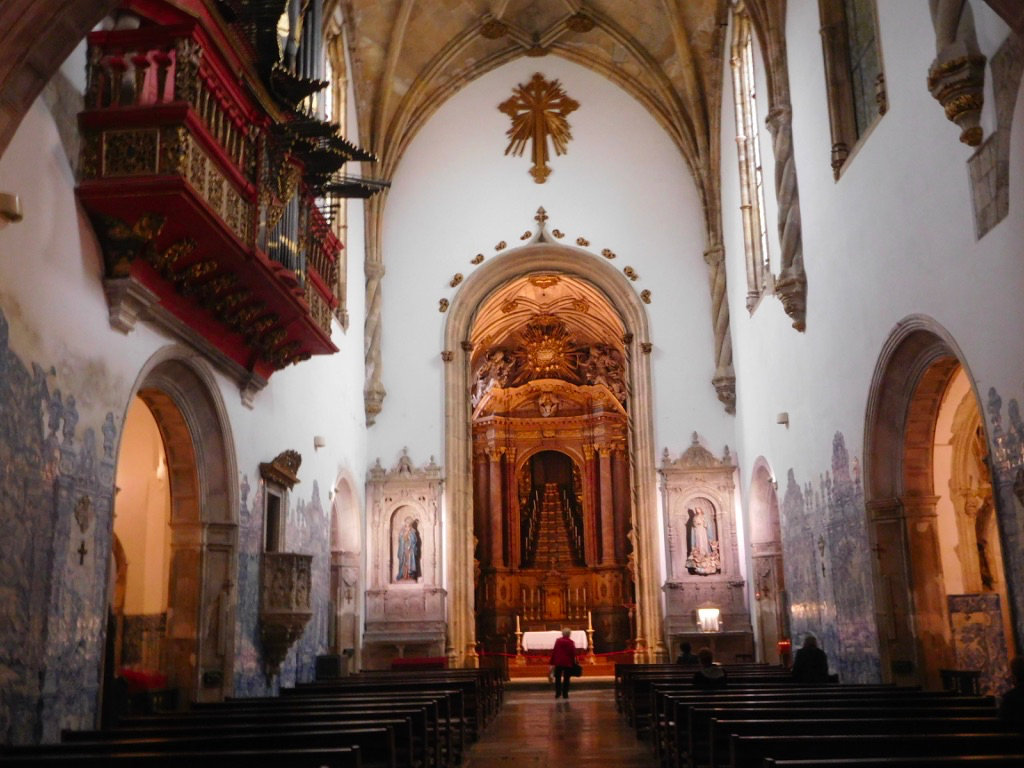







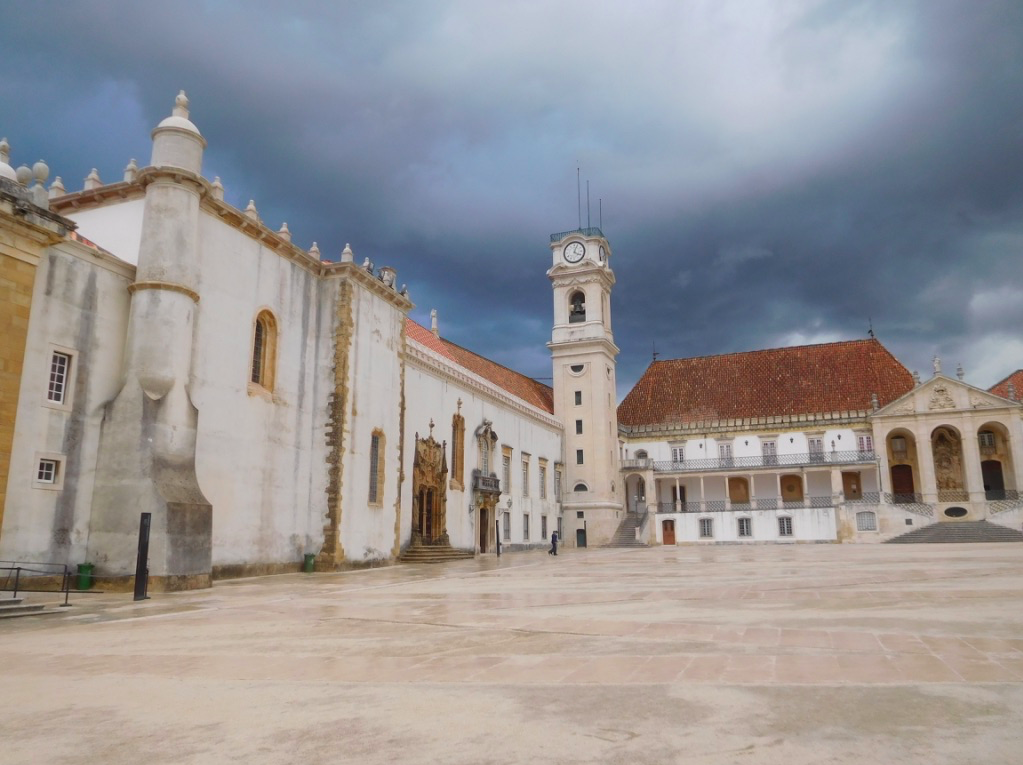

















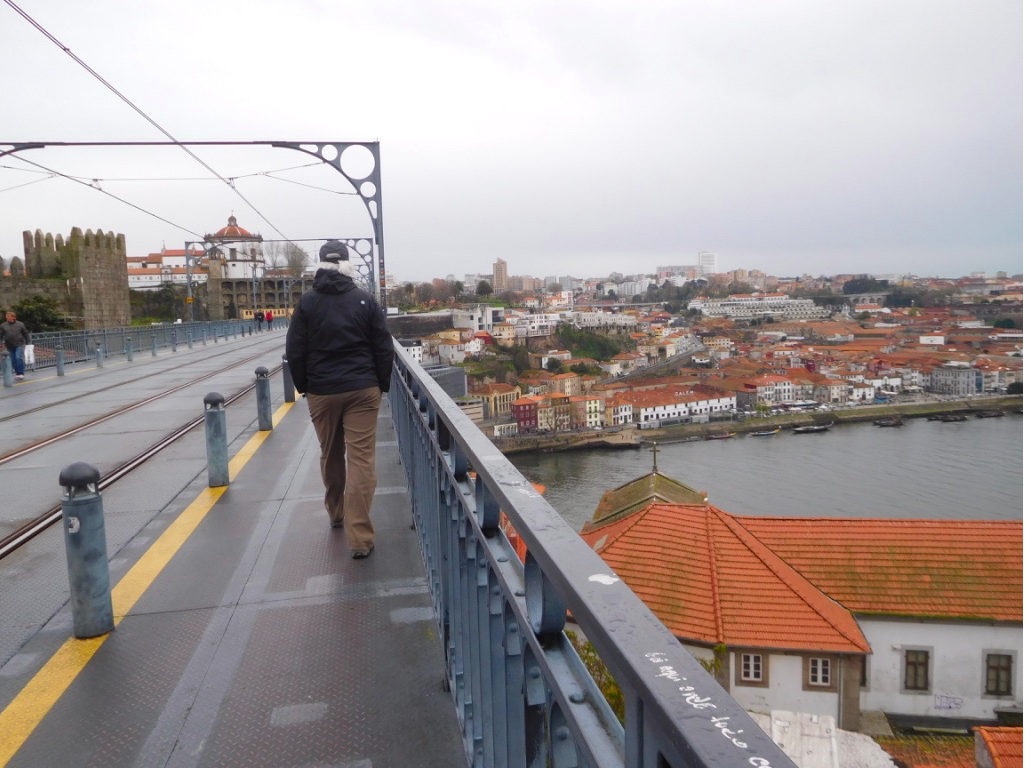








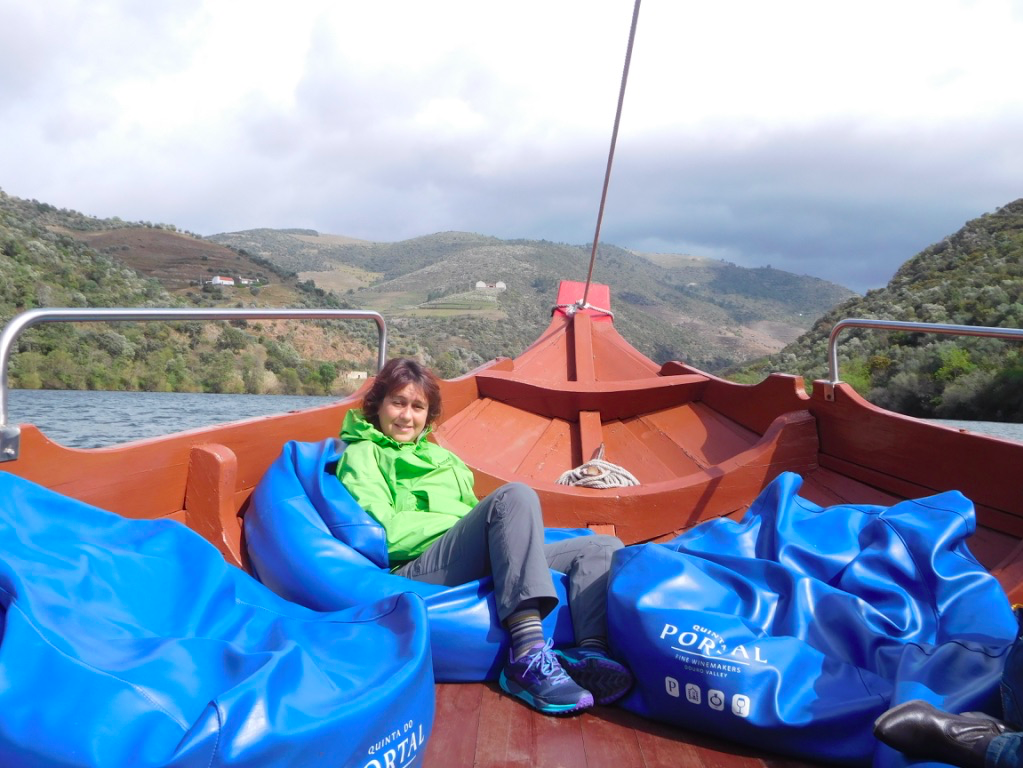













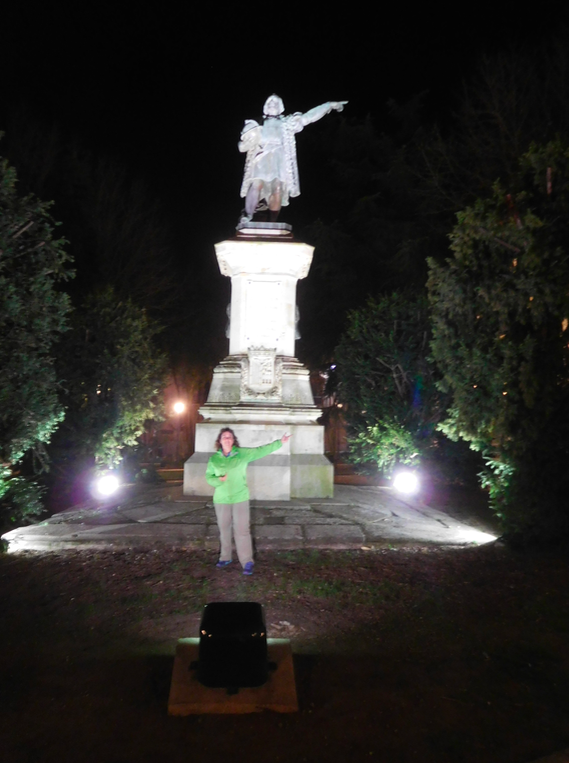

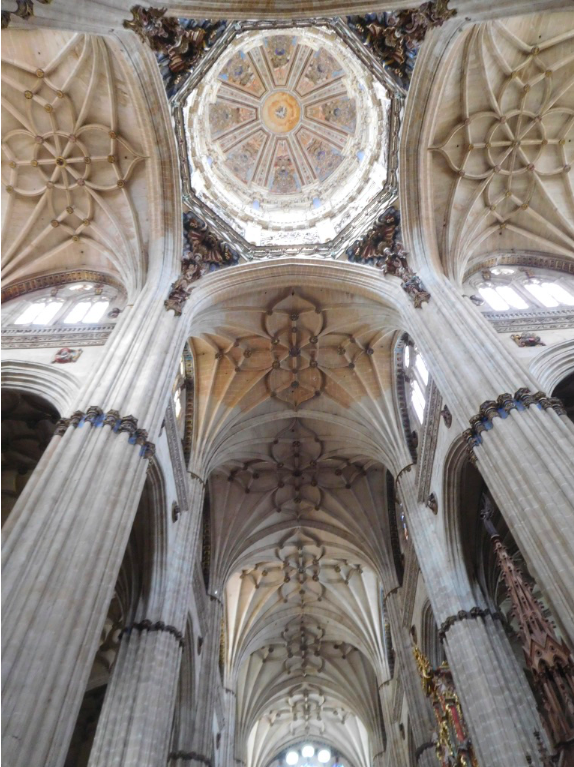





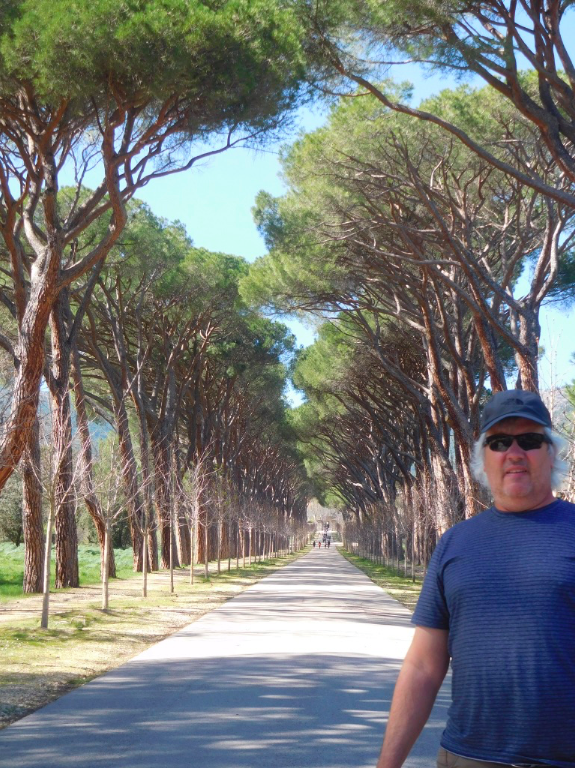

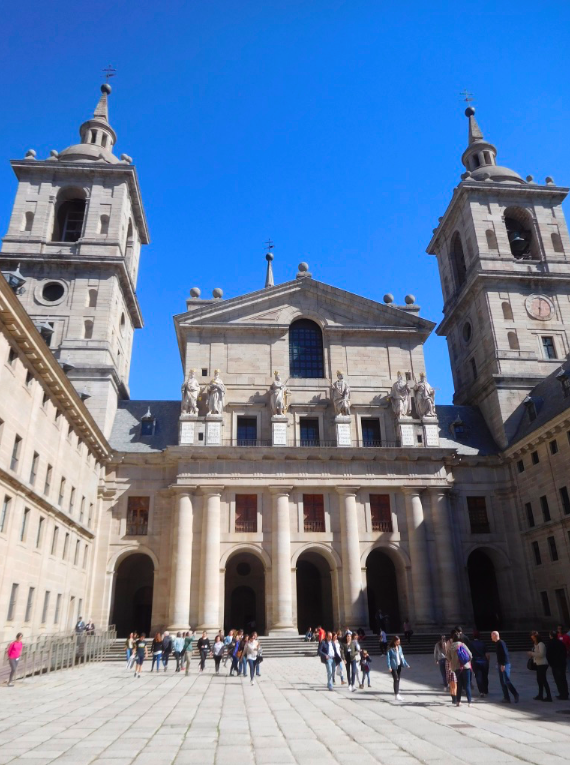







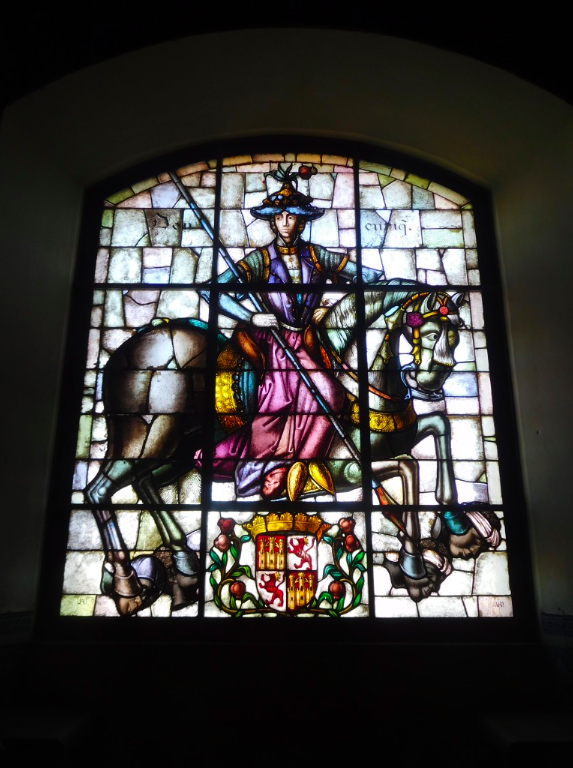








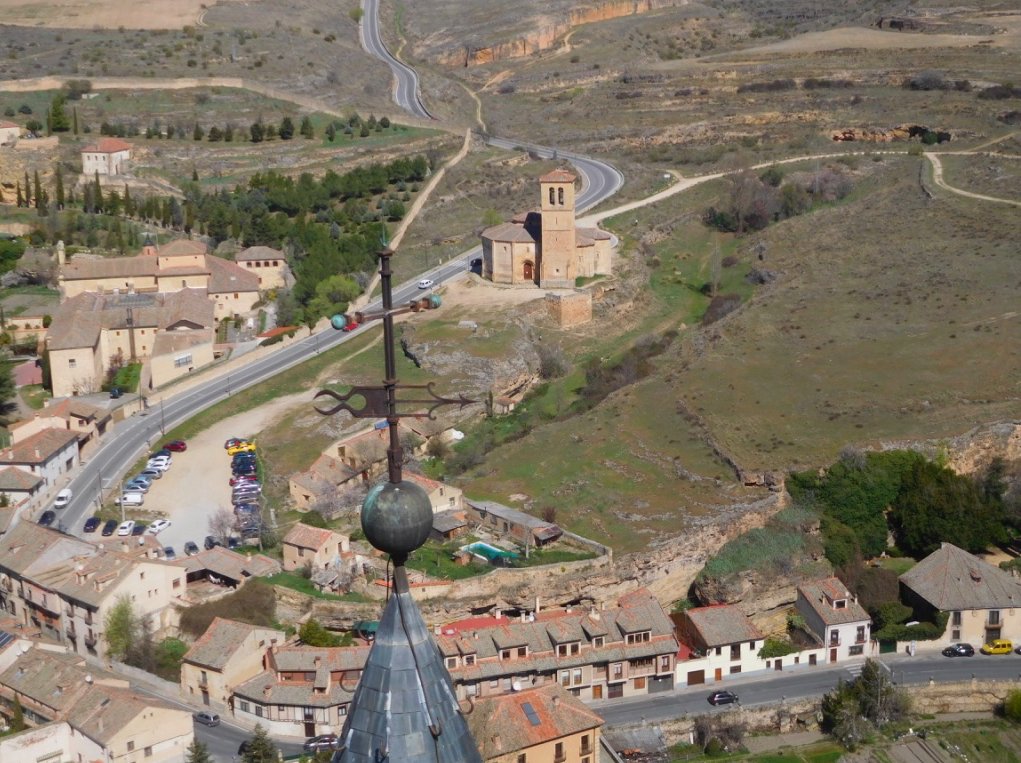



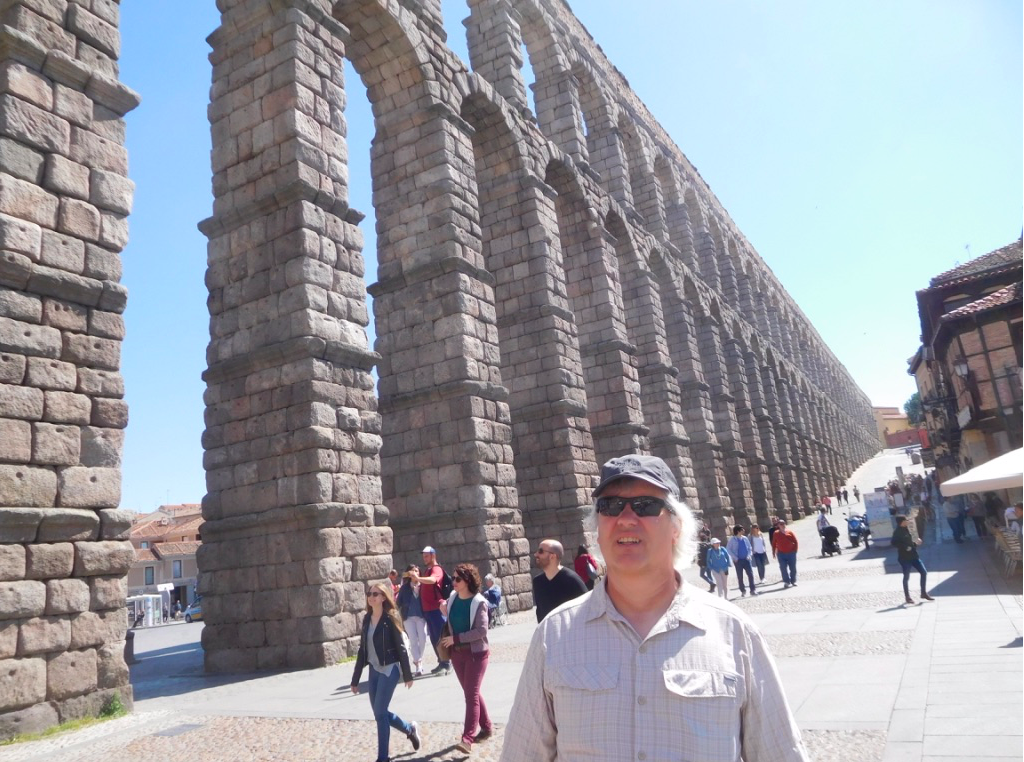



























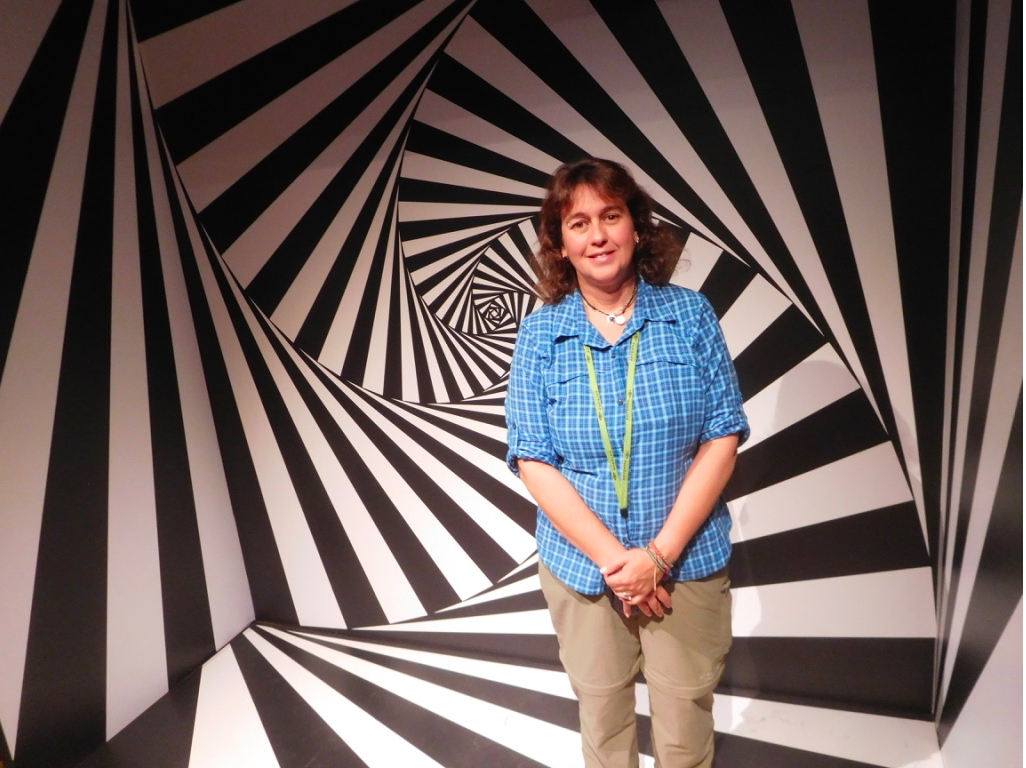

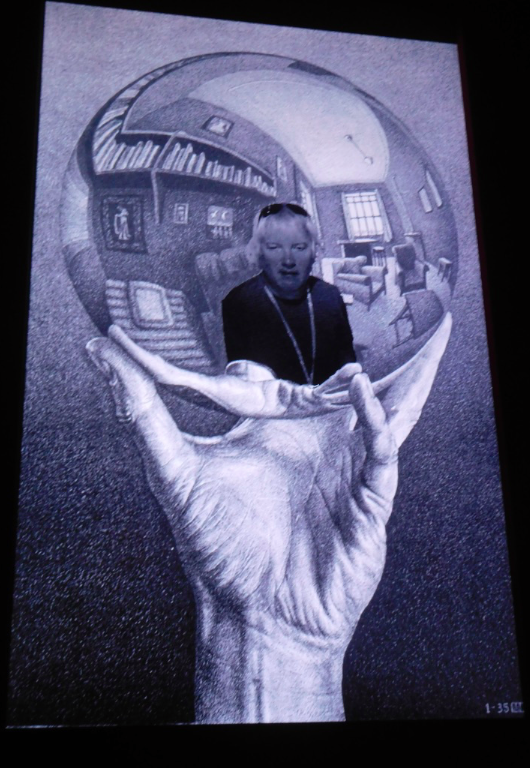


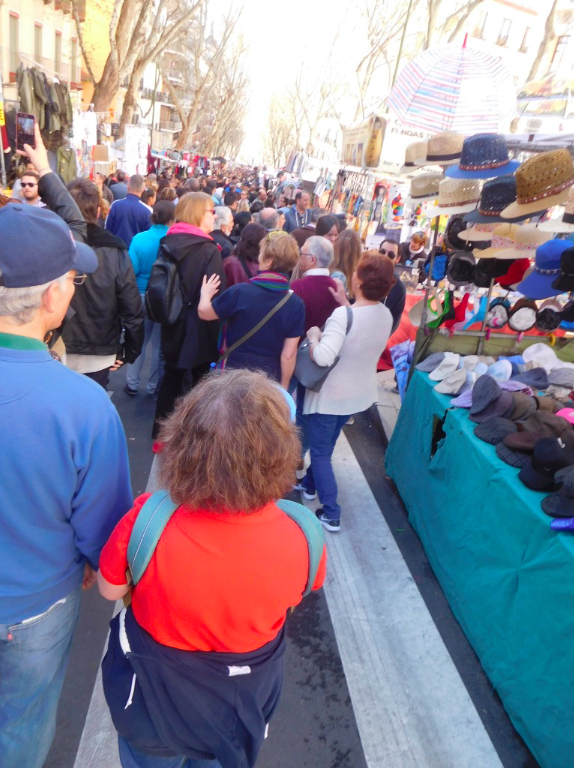













































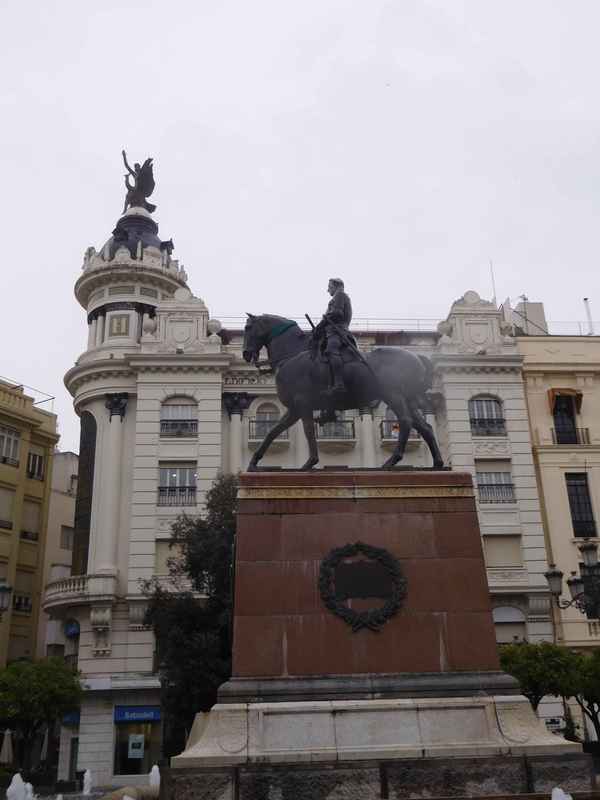



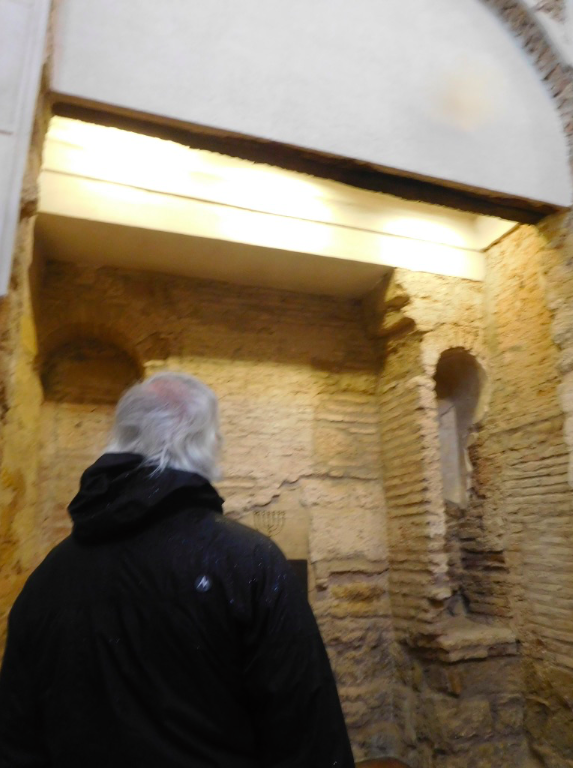




 RSS Feed
RSS Feed
